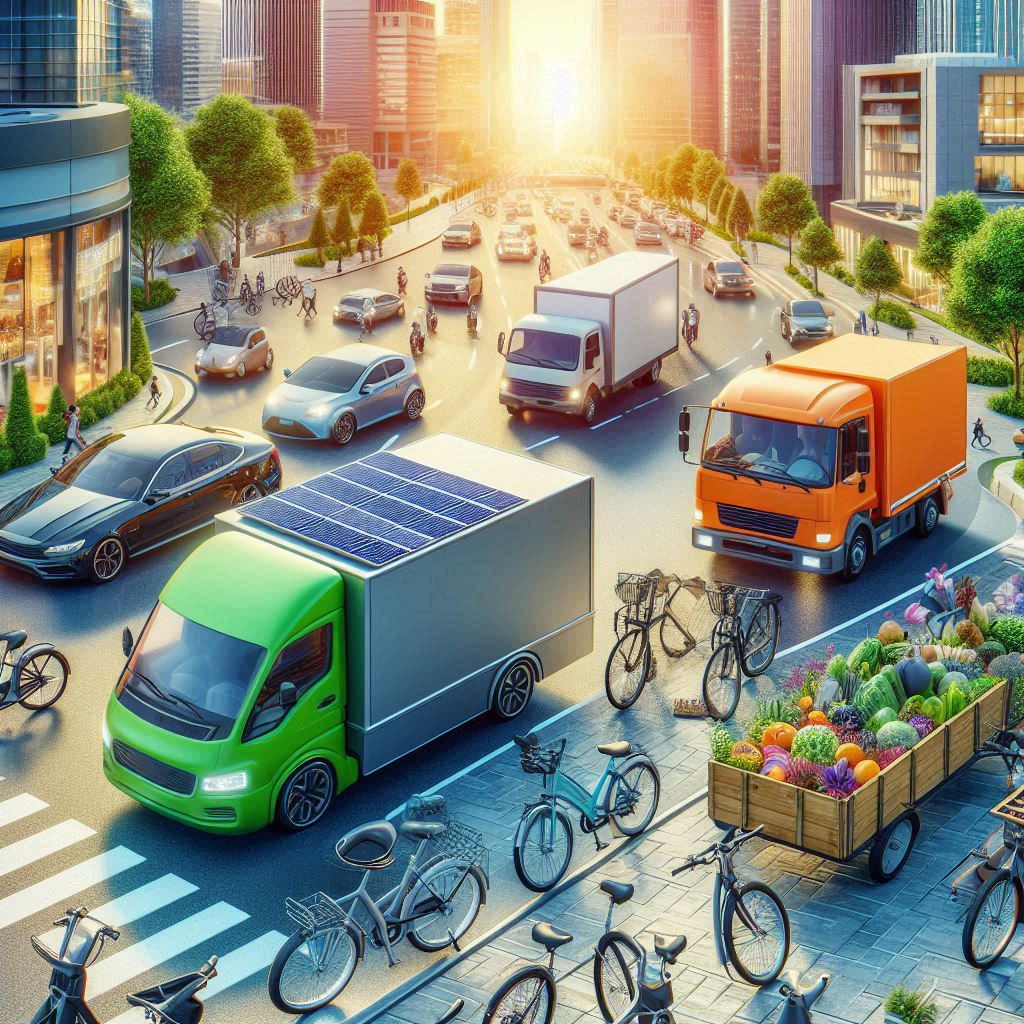Clean Wheels, Green Deals: Revolutionizing Transportation and Logistics
Introduction
As global industries strive for sustainability, transportation and logistics remain critical sectors in reducing carbon footprints. With rising fuel costs, environmental concerns, and stricter regulations, companies are transitioning to low-carbon solutions. The revolution in transportation and logistics is being driven by electric mobility, alternative fuels, and smart logistics systems that enhance efficiency while minimizing emissions.
The Need for Low-Carbon Transportation and Logistics
- Climate Change Mitigation: The transportation sector accounts for a significant share of global carbon emissions. Decarbonization is essential to combat climate change.
- Regulatory Compliance: Governments worldwide are implementing strict emission policies and incentives for clean transport solutions.
- Cost Efficiency: Sustainable transportation methods, such as electric and hydrogen-powered vehicles, lower operational costs in the long run.
- Consumer Demand: Customers and businesses are increasingly prioritizing eco-friendly supply chains.
Key Innovations in Sustainable Transportation
1. Electric Vehicles (EVs) in Logistics
- Electric trucks and vans are gaining traction for last-mile deliveries.
- EV fleets reduce fuel dependency and offer long-term cost savings.
- Smart charging infrastructure ensures energy-efficient fleet operations.
2. Alternative Fuels and Renewable Energy
- Biofuels, hydrogen fuel cells, and compressed natural gas (CNG) reduce dependency on fossil fuels.
- Solar and wind-powered charging stations support green transportation networks.
3. Smart Logistics and Route Optimization
- AI-powered logistics platforms optimize delivery routes, reducing fuel consumption.
- IoT-enabled tracking systems improve supply chain transparency and efficiency.
4. Autonomous and Connected Vehicles
- Self-driving electric trucks improve safety and efficiency.
- Vehicle-to-vehicle (V2V) communication minimizes traffic congestion and idling emissions.
Case Studies of Successful Green Logistics Implementation
- Amazon’s Electric Fleet: Amazon is deploying thousands of EVs and investing in alternative fuels to achieve net-zero carbon emissions.
- DHL’s Green Logistics Strategy: DHL integrates biofuels and electric delivery vehicles into its global operations.
- Tesla’s Semi Truck: Tesla’s electric semi-truck is revolutionizing freight transportation by reducing emissions and improving efficiency.
Challenges in Adopting Low-Carbon Transportation
- High Initial Costs: Transitioning to green fleets requires significant investment.
- Infrastructure Limitations: EV charging networks and hydrogen refueling stations are still in development.
- Technology Adaptation: Businesses must invest in new technologies and train employees for seamless integration.
The Future of Sustainable Transportation
- Expansion of green public transport systems, including electric buses and railways.
- Increased government incentives for businesses adopting low-carbon logistics solutions.
- Advancements in battery technology and alternative fuel sources for enhanced efficiency.
Conclusion
The transformation of transportation and logistics into a sustainable industry is crucial for achieving global climate goals. With advancements in electric vehicles, alternative fuels, and AI-powered logistics, businesses can reduce emissions, cut costs, and enhance efficiency. As green technologies continue to evolve, the future of transportation is cleaner, smarter, and more sustainable.
